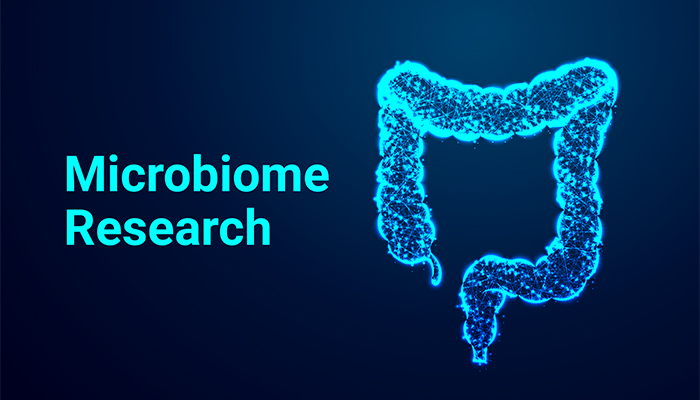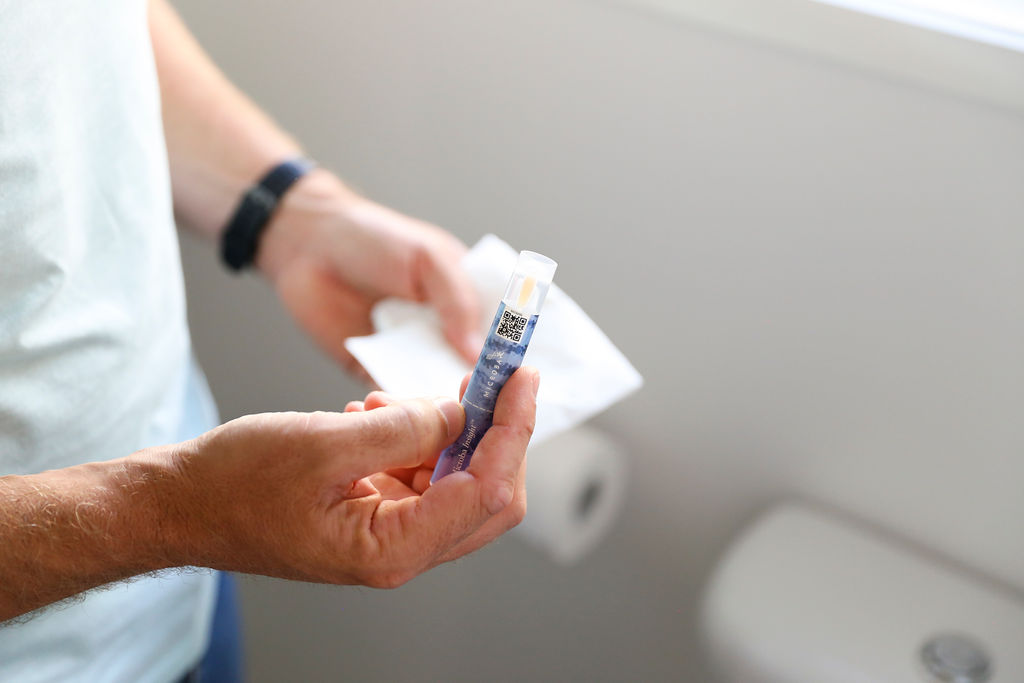
Until only a few decades ago, our knowledge of the human microbiome was based on what could be grown in a petrie dish.
The beginning
The first example of this was in the early 1880s when Robert Koch and Fannie Hesse isolated and grew the bacterial pathogen that causes tuberculosis1. A couple of years later, Theodor Escherich discovered that microbes could be part of the normal gut environment when he isolated a bacteria called Escherichia coli from the stools of both healthy and sick children2. However, it was not until the development of DNA sequencing in the 1970s and another type of sequencing based on the 16S rRNA gene shortly after, that we started to glimpse the extent of the microbial diversity present in the world around and inside us. And it was not until the early 2000s when sequencing technology became cost effective enough for widespread use that we started to realise the microorganisms in the human body are an essential part of us and intricately linked with our health3.

What is metagenomics? Find out more.
Recent advancements
Three big advances that have been made in the area of the gut microbiome over the last couple decades include the discovery of greater microbial richness in the gut than ever suspected, the association of the gut microbiome with a wide range of diseases, and the identification of various factors that can influence the makeup of the gut microbiome.
Microbial richness
When we refer to microbial richness, this means the number of different types of microorganisms that are present.
As mentioned above, it was not until the early 2000s that we got our first glimpse of the incredible number of microorganisms that call the human gut home. Later, as sequencing costs dropped further, a high-resolution type of sequencing called shotgun metagenomics, that could look at the entire genome of microorganisms, started being used more frequently. With shotgun metagenomics, scientists started discovering thousands of new bacterial species and strains along with their functional genes4.
Being able to classify the functional genes present in gut bacteria also showed us that the microbes inhabiting our gut have a far larger catalogue of genes they can use to produce various proteins compared to our human cells – in terms of numbers, we have between 20,000-25,000 genes in the human body compared to about 22 million genes in our gut microbiome5. This means our gut bacteria can break down a much wider range of compounds and produce a far broader range of substances than our human cells can.
Links with disease
A fascinating development over the last couple of decades has been links between numerous disease states and the gut microbiome. The diseases are wide-ranging, including diseases that occur inside the gut such as inflammatory bowel disease and colon cancer to diseases outside the gut such as diabetes, cardiovascular disease, arthritis, neurodegenerative diseases and even mental disorders6.
There is still one question we’re trying to answer for most diseases, and that’s whether the disease causes the change in the gut microbiome, or if the change in the gut microbiome causes the disease?
For the majority of diseases linked to the gut microbiome, this question of causality is still up in the air. We are truly only seeing the tip of the iceberg right now when it comes to understanding how the gut microbiome is involved with our health, but this small glimpse thus far is very compelling. It suggests that in the future, we may be able to prevent and maybe even treat some diseases, simply by changing our gut microbiome.
Influencing factors
Research into the gut microbiome has also identified numerous factors that can influence the makeup of our gut microbiome. Some of these factors are out of our control such as genetics, age, geography, and ethnicity, however many of the most influential factors are lifestyle factors that are within our control to change. These include things like diet, medication use, stress, exercise, and smoking7. This suggests that simple changes to our lifestyle to promote a healthy gut microbiome may help contribute to disease prevention.
Where is it going?
All this research is opening up the possibility for developing new diagnostics and therapeutics using the gut microbiome. If the gut microbiome is different in people with a disease state, can we use those differences to predict if someone has that disease or may be at a high risk of developing it? And if we can identify what is different in the gut microbiome in someone who is sick compared to someone who is healthy, would changing that part of the microbiome help alleviate symptoms or change progression of the disease?
Trying to translate this existing research into real world solutions will be the direction for the next couple decades.

Microba is leading the way in IBD for the future. Read the article.
This microbiome test is not intended to be used to diagnose or treat medical conditions. A full disclaimer is available here
References
Koch, R. Die Ätiologie der Tuberkulose (1882). .
in Robert Koch : Zentrale Texte (ed. Gradmann, C.) .
113–131 (Springer Berlin Heidelberg, 2018). doi:10.1007/978-3-662-56454-7_4.
Escherich, T. .
Die darmbakterien des säuglings und ihre beziehungen zur physiologie der Verdauung. .
(F. Enke, 1886).
Proctor, L. et al. .
A review of 10 years of human microbiome research activities at the US National Institutes of Health, Fiscal Years 2007-2016. .
Microbiome 7, 31 (2019).
Ranjan, R., Rani, A., Metwally, A., McGee, H. S. & Perkins, D. L. .
Analysis of the microbiome: Advantages of whole genome shotgun versus 16S amplicon sequencing..
Biochem Biophys Res Commun 469, 967–977 (2016).
Tierney, B. T. et al. .
The Landscape of Genetic Content in the Gut and Oral Human Microbiome. .
Cell Host & Microbe 26, 283-295.e8 (2019).
Wang, B., Yao, M., Lv, L., Ling, Z. & Li, L. .
The Human Microbiota in Health and Disease. .
Engineering 3, 71–82 (2017).
Rothschild, D. et al. .
Environment dominates over host genetics in shaping human gut microbiota..
Nature 555, 210–215 (2018).


